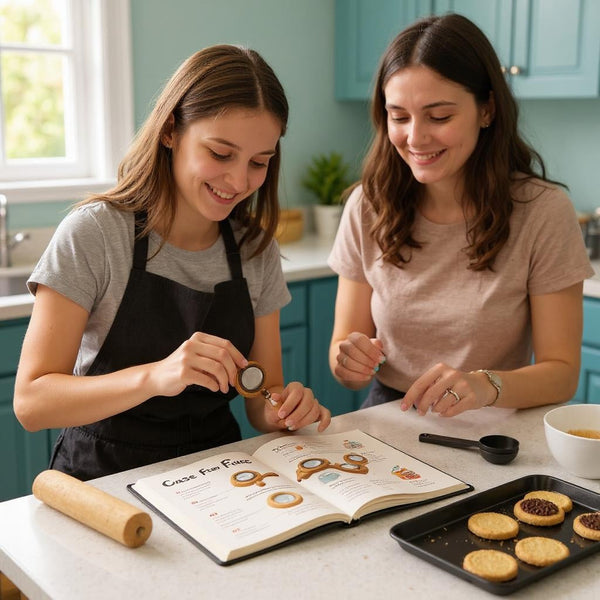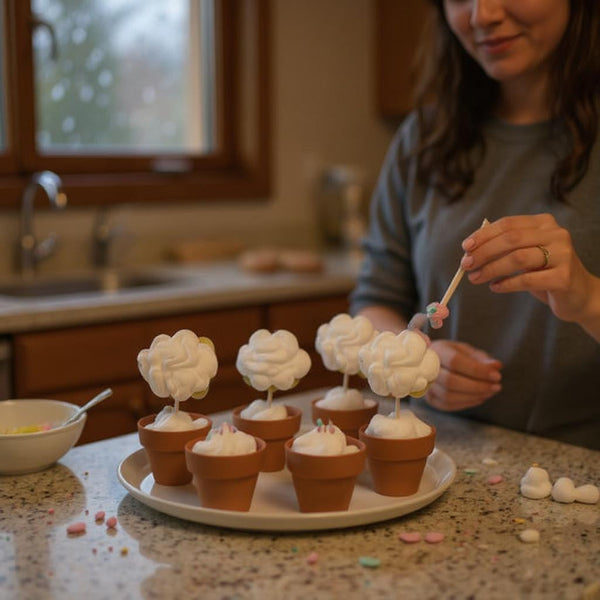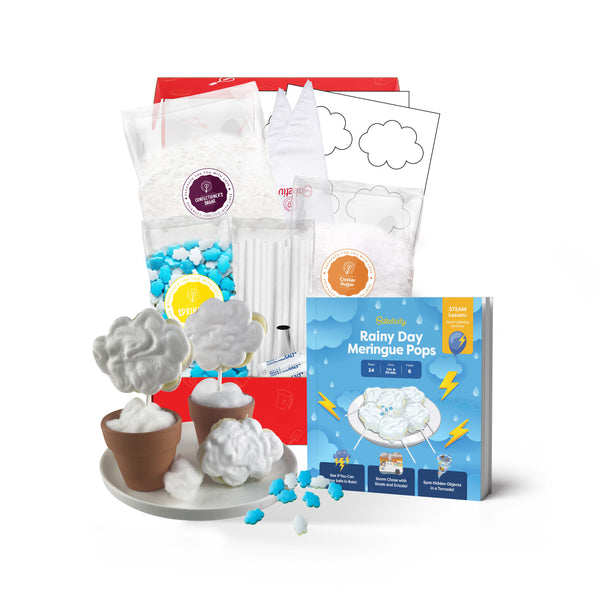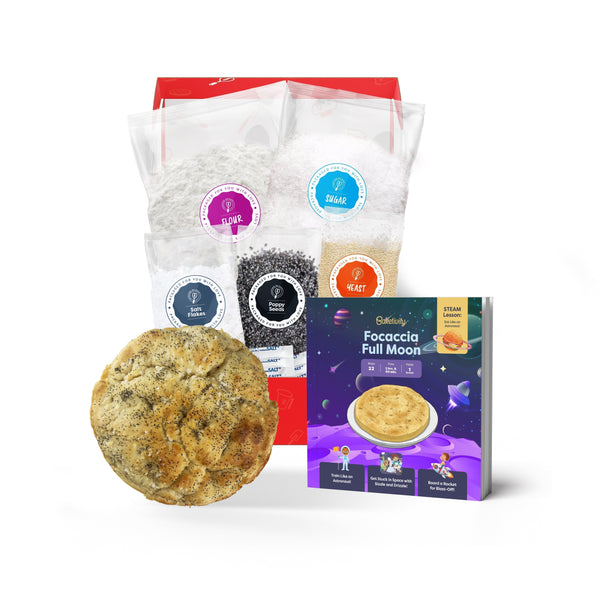Key Takeaways
- Homeschooling field trips bring lessons to life, offering hands-on learning opportunities that enhance knowledge retention and spark curiosity.
- These trips foster social skills by encouraging collaboration with peers and professionals, while also strengthening family bonds through shared experiences.
- Choosing destinations that align with your child’s interests and curriculum ensures meaningful and engaging educational outings.
- Effective planning, including budgeting and safety precautions, helps create stress-free and enjoyable field trip experiences.
- Popular destinations like museums, science centers, and nature reserves provide diverse opportunities to complement a variety of subjects.
- Post-trip reflections and follow-up activities deepen learning, reinforcing connections between experiences and academic lessons.
Planning homeschooling field trips can be one of the most exciting parts of our educational journey. They give us the chance to take learning beyond textbooks and bring lessons to life in ways that truly stick with our kids. Whether it’s exploring a local museum, hiking through nature trails, or visiting historical landmarks, these trips create opportunities for hands-on discovery and meaningful connections.
But how do we choose the right experiences that align with our children’s interests and educational goals? With so many options available, it’s easy to feel overwhelmed. That’s why it’s important to focus on trips that spark curiosity and make learning fun for the whole family. Field trips aren’t just about education—they’re about creating memories and fostering a love for exploration.
Let’s dive into how we can make the most of these adventures and turn them into powerful tools for learning and growth.
Benefits Of Homeschooling Field Trips
Homeschooling field trips offer an engaging way to enrich education. They provide opportunities for hands-on discovery that connect academic concepts to real-life applications.
Enhancing Learning Through Real-World Experiences
Field trips immerse learners in practical environments to reinforce lessons taught at home. Visiting historical landmarks, for example, deepens understanding of history. Exposure to science centers fosters curiosity about natural phenomena. These experiences improve knowledge retention by turning abstract topics into tangible learning moments. By directly interacting with their surroundings, children apply what they’ve learned more effectively.
Encouraging Socialization And Collaboration
Field trips support interaction with peers and professionals in various settings. Working together during group activities, like team-based museum projects or guided nature walks, teaches collaboration. Engaging with experts in places like libraries or art studios builds communication skills and encourages new perspectives. These shared experiences increase confidence and form lasting connections among participants.
Strengthening Family Bonds
Trips create opportunities for families to connect through shared adventures. Exploring a local farm together, for instance, allows children and parents to bond while learning about agriculture. Discussing observations and discoveries after a visit strengthens familial communication. These shared educational outings foster closer relationships and create cherished memories that extend beyond traditional classroom learning.
Planning Effective Homeschooling Field Trips

Field trips should effectively combine education and fun. By thoughtfully planning, we can turn these outings into unforgettable learning experiences.
Choosing Destinations That Align With Curriculum
Select locations that support current lessons. For instance, visit science centers to explore physics concepts or historical landmarks to deepen history studies. Local farms, art museums, and botanical gardens can complement subjects like biology, art, and geography. Considering grade-appropriate activities keeps children engaged and reinforces learning goals. What subjects are your students most curious about?
Research available educational programs at the destination. Many museums and community centers offer guided tours, workshops, or educational materials aligning with homeschool needs.
Budgeting And Cost-Effective Tips
Budget planning keeps field trips affordable. Look for free events, such as community-sponsored programs or public cultural exhibits. Parks and natural preserves often provide low-cost exploration opportunities. Does your area offer seasonal discounts or reduced admission rates?
Carpooling with other homeschooling families splits travel costs. Group tickets or homeschool discounts can also stretch your budget. Packing snacks or lunches eliminates dining expenses while keeping everyone energized for the trip.
Arranging Safe And Enjoyable Experiences
Safety should always be a priority during field trips. Choose locations with secure, family-friendly environments. Pay attention to weather forecasts and pack essential items like first-aid kits, water bottles, and sunscreen. What safety measures feel most relevant to the location?
Review the rules and expectations with children before heading out. Give everyone comfortable clothing and appropriate footwear for the activities planned. Staying organized fosters smoother outings, letting everyone focus on learning and having fun.
Popular Homeschooling Field Trip Ideas

Homeschooling field trips create learning opportunities beyond textbooks, fostering curiosity and engagement. Selecting versatile destinations can enrich various aspects of a child's education while keeping them excited about discovery.
Museums And Historical Sites
Visiting museums and historical sites provides students with a direct connection to the past. These locations make history lessons tangible, offering artifacts, exhibits, and narratives that breathe life into stories studied at home. For example, a trip to a Civil War battlefield or a medieval castle exhibit can solidify understanding of specific historical events and eras.
Interactive exhibits offer hands-on experiences, such as operating historical machinery or examining fossils. Guided tours led by knowledgeable staff often provide deeper insights and answer pressing questions. What historical subjects most captivate your child’s interest? Focusing on these can make the visit more meaningful.
Science And Nature Centers
Science centers and nature reserves immerse learners in the wonders of the natural world. These sites often have live demonstrations, planetarium shows, and wildlife exhibits that clarify scientific concepts. For instance, observing aquatic life at a marine center can complement a biology curriculum.
Many nature centers provide trails, allowing kids to identify plants and animals firsthand. Programs on conservation and sustainability encourage awareness of environmental stewardship. Could exploring a nearby wetland or observing stars during a telescope night inspire your child’s sense of wonder?
Art Galleries And Cultural Events
Art galleries introduce students to various artistic styles and mediums, inspiring creativity and critical thinking. Viewing famous works can provoke discussions about color theory, composition, and cultural context. Is there an artist or style your child admires? Planning a trip around their interests builds excitement.
Cultural events like music festivals, theater performances, or heritage fairs open doors to new traditions and perspectives. Observing artists at work or participating in workshops can make the experience interactive. Could attending a live performance spark a deeper appreciation for the arts?
Tips For A Successful Homeschooling Field Trip
Homeschooling field trips combine education with adventure, creating opportunities for hands-on learning and memorable experiences. Proper planning can turn these outings into powerful teaching moments.
Preparing Educational Materials And Activities
Focus on integrating learning tools that connect with the trip's theme. Create worksheets, scavenger hunts, or trivia questions linked to the destination. For example, prepare a checklist for identifying plants during a nature reserve visit or a timeline exercise for a historical site. Simple materials add structure and keep kids engaged.
Carry notebooks or sketchpads to encourage children to record observations. Incorporating activities like journaling fosters curiosity and critical thinking. Discuss expectations beforehand, and encourage questions to stimulate active participation.
Managing Group Logistics And Expectations
Organize group details in advance to avoid disruptions. Decide on transportation, meeting points, and schedules early. Use visual schedules or handouts to help children understand the itinerary. Clear communication ensures everyone knows what to expect.
Assign small groups for better adult-to-child interaction if traveling with multiple families. This creates manageable responsibilities and keeps students focused. Pack snacks, water, and first aid supplies to keep everyone comfortable throughout the day.
Reflecting Post-Trip For Maximized Learning
Build connections between the experience and the curriculum. Ask open-ended questions like, “What was the most surprising thing you learned?” or “How does this relate to what we studied?” Discussion encourages deeper reflection.
Create follow-up activities based on the trip. Draw maps of the locations visited, write essays about favorite moments, or complete art projects inspired by the experience. Such tasks allow children to reinforce what they’ve learned.
Setting aside time to share stories and observations with family fosters communication. These discussions highlight individual perspectives and make the learning experience richer.
Conclusion
Homeschooling field trips offer a unique way to blend education with adventure, creating opportunities for children to explore, discover, and grow beyond the classroom. By thoughtfully planning these outings, we can inspire curiosity, deepen understanding, and build meaningful connections with our kids.
Let’s embrace the chance to turn every trip into a memorable learning experience that sparks creativity and strengthens family bonds. With a little preparation and reflection, these journeys can become some of the most impactful moments in our homeschooling journey.
Frequently Asked Questions
What are the benefits of homeschooling field trips?
Homeschooling field trips provide hands-on learning experiences, connect academic concepts to real-world applications, foster curiosity, and improve knowledge retention. They also encourage socialization, build confidence, and strengthen family bonds through shared experiences.
How do I choose the best field trip destinations for homeschooling?
Select destinations that align with your child's educational goals and interests. Look for places like museums, historical sites, science centers, or nature reserves that reinforce subjects in the current curriculum and spark curiosity.
How can I plan a budget-friendly homeschooling field trip?
To save money, consider free events, carpooling with other families, or using group discounts. Research community programs and public spaces that offer educational activities at little or no cost.
What safety tips should I follow when planning homeschooling field trips?
Always choose safe destinations, prepare for weather conditions, and pack appropriate clothing and supplies. Ensure kids are supervised and carry essentials like first aid kits and emergency contact information.
How can I make homeschooling field trips more educational?
Prepare educational materials like worksheets, scavenger hunts, or journals to connect the trip to learning objectives. Encourage kids to observe, record, and reflect on their experiences to deepen understanding.
What are some creative homeschooling field trip ideas?
Popular options include trips to museums, art galleries, cultural festivals, botanical gardens, historical landmarks, and science centers. Nature hikes and factory tours are also great for hands-on exploration and learning.
How can I manage logistics during homeschooling field trips?
Plan transportation, meeting points, and schedules ahead of time. Organize small groups for better supervision and pack essentials like snacks, water, and first-aid supplies for a smooth outing.
Why is post-trip reflection important for homeschooling?
Reflection helps kids connect the trip to their lessons and enhance retention. Discuss the experience, review what was learned, and incorporate follow-up activities like projects or journaling to reinforce learning.
Can homeschooling field trips help with socialization?
Yes, field trips are ideal for socialization as children interact with peers, professionals, and their community. Group activities encourage communication, teamwork, and confidence-building.
How do homeschooling field trips strengthen family bonds?
Field trips create shared experiences that foster family communication and build lasting memories. Exploring and learning together enhances the parent-child relationship beyond traditional academic settings.




